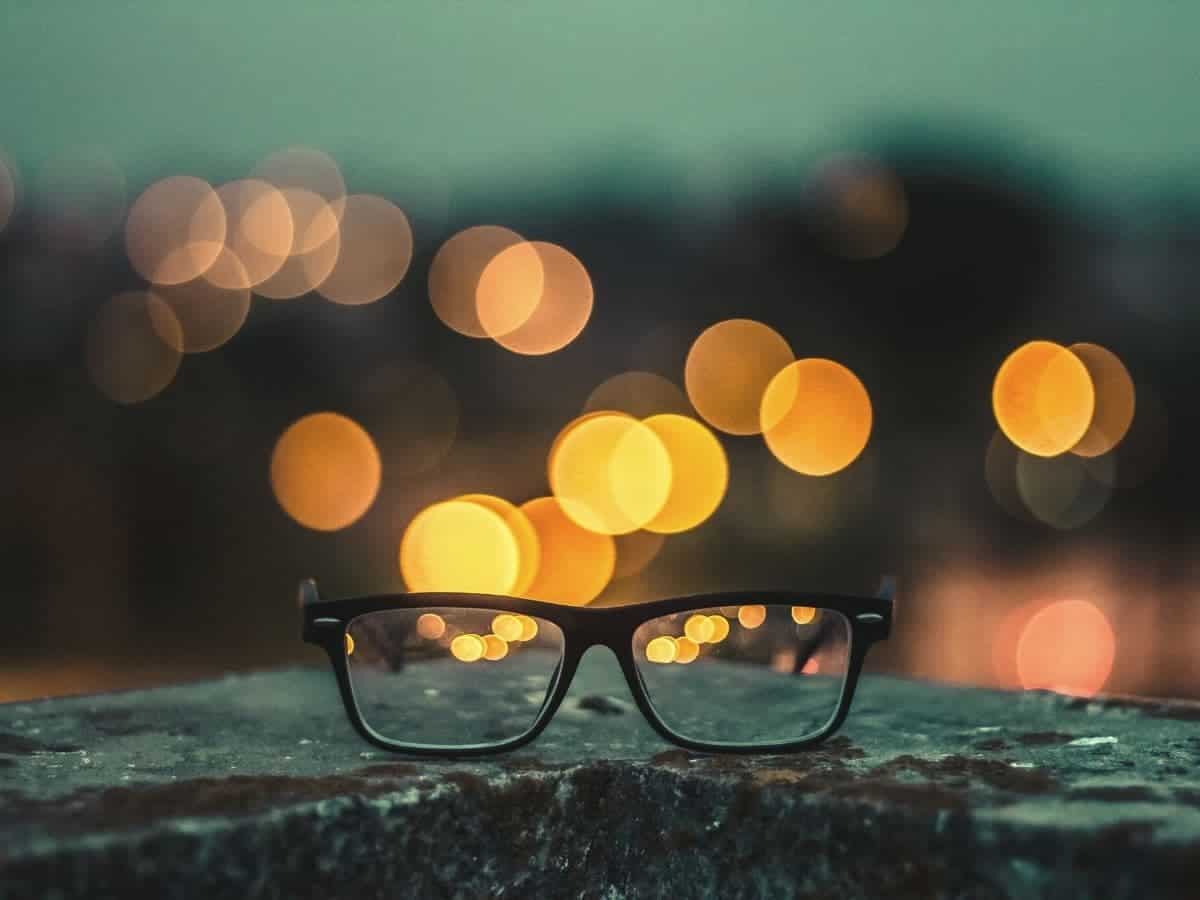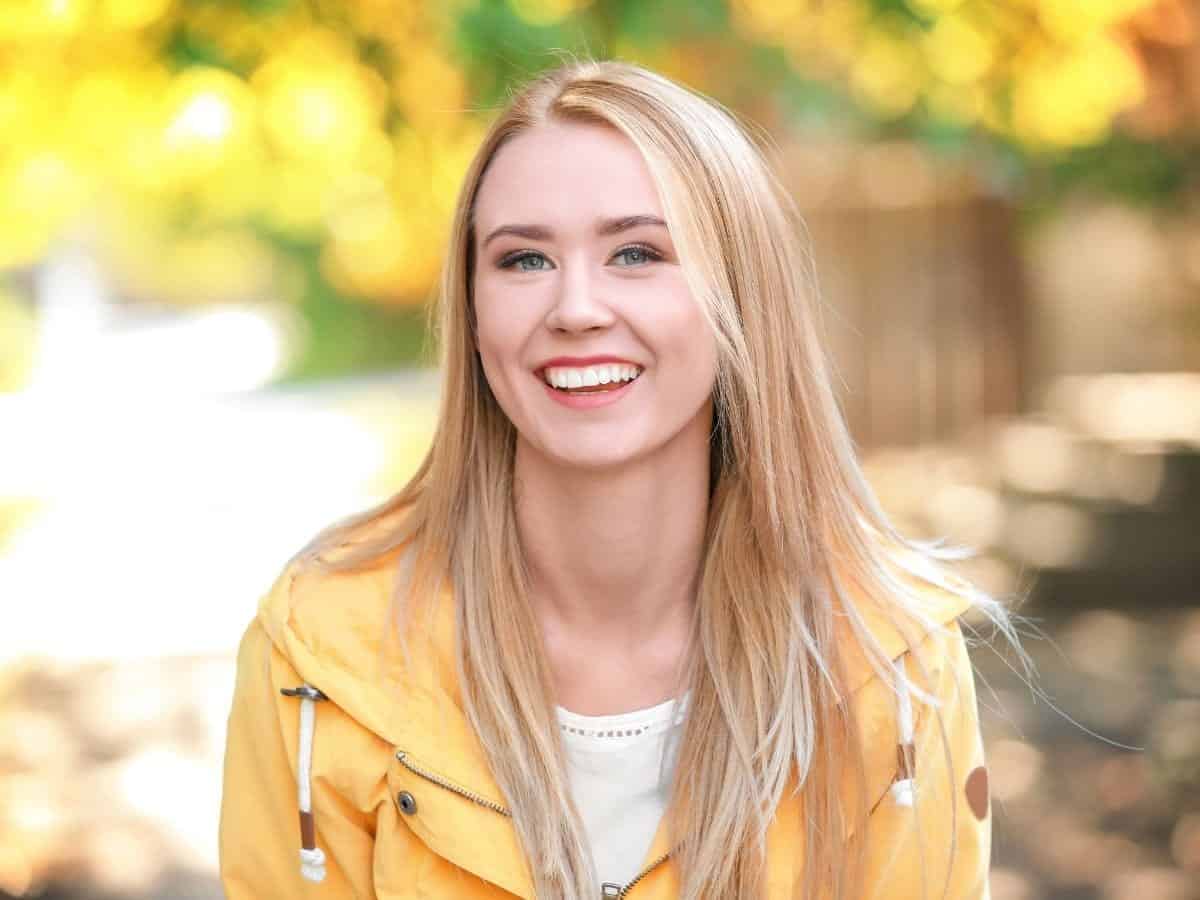Bokeh, also known as boke, is a word with Japanese origins that refers to the eye-pleasing quality of out-of-focus light.

In portrait photography and cinematography, bokeh is a popular way to make an image or scene look visually appealing.
It’s one of the first things you learn or hear about when improving your photography.
Related article: What’s balance in photography?
Bokeh is an excellent subject to understand and use because it separates your subject from the beautiful blurry background.
The following covers what bokeh is, the difference between good and bad bokeh, and how you can create it in your photographs.
What’s bokeh?
Bokeh is an English translation of a Japanese word that means out-of-focus blur. Bokeh is pronounced bow-kay.
It doesn’t refer to motion blur or the amount of blur. Instead, bokeh is out-of-focus points of light seen through a camera lens.
Often, it’s in the background, but it can also be in the foreground. There’s no hard and fast rule about the location.
While bokeh has been well-loved since the beginning of camera lenses, there wasn’t a term for it until 1997 when Photo Techniques magazine introduced the word.
Today, bokeh is an effect that’s pleasing to the eye if done properly.
Related article: What’s tungsten light, and how do you use it?
The lens determines the shape of the bokeh

When you think of bokeh, the first shape that comes to mind is likely a circle. That’s because the opening in your camera lens is round. However, that’s not always the case.
Technically, bokeh can be any shape because it depends on the opening of the lens that light passes, which is the aperture.
If the aperture of your lens has a triangle shape, the bokeh produced will be triangles.
You’ll also notice that bokeh doesn’t keep a consistent shape throughout the frame.
The center of the frame will have circles, while the bokeh at the edges will look like ovals or eggs.
The oval-shaped bokeh is a result of the overlap between the front and rear opening of the lens.
Related article: How to use Rembrandt lighting
Aside from the direction your camera lens is pointing, the aperture blades affect the shape. When you change the aperture, the blades open and close.
With a narrow aperture, the blades close, and the number of blades your lens has will be the number of slight flat edges on the bokeh.
If you want perfect circles, shoot wide open. Otherwise, the bokeh will have the shape of the aperture.
There’s good and bad bokeh
Not all bokeh is created equal. There’s good and bad bokeh.
Good bokeh is aesthetically pleasing and keeps the focus on the main subject. Bad bokeh is distracting and slightly blurry or out of focus.
Ideally, bokeh is circular, pure, and has the same edge-to-edge brightness. That means using a wide maximum aperture and cleaning your lens.
Without a clean lens, the bokeh produced will have small spots and textures.
Additionally, high-end lenses have elements and coating that result in stunning and spotless bokeh.
To achieve near-perfect circular bokeh, use a lens with more aperture blades on its diaphragm because fewer blades result in octagonal bokeh.
Remember, good bokeh provides beautiful out-of-focus lights in the background or foreground, but a viewer’s attention remains on the main subject.
How to capture beautiful bokeh

Now that you know what bokeh is and the difference between good and bad bokeh, take the following steps to achieve it in your images.
Use a wide aperture
The best bokeh comes from using the maximum aperture your lens offers.
Related article: How to take the best headshots
It gives you a shallow depth of field, lets in the most light, and when the aperture is wide open, it results in circular bokeh.
Wide apertures also make your subject stand out from the background and be in crisp focus.
Shoot in Manual or Aperture Priority
Since good bokeh requires a wide aperture, it’s essential to set your camera to Manual or Aperture Priority.
With Aperture Priority mode, you’ll select an aperture setting, and your camera will balance the exposure. In Manual mode, you control the aperture and shutter speed.
So, use the one that you’re more comfortable with using.
Point your lens towards the light
You need light to be facing light to achieve bokeh. The source can be artificial lights, car lights, reflective surfaces, and water.
Regardless of the source, bokeh requires light. The light can be in the background or foreground.
As long as it’s out of focus and has a circular shape that’s not distracting, it’s good bokeh.
Increase the distance between the subject and background
Whether you’re using a professional or kit lens, the best way to achieve great bokeh is to increase the distance between your subject and the background.
Also, decrease the distance between the lens and the subject.
The further away from the background, the more out of focus it’ll be, which results in better bokeh.
How to achieve bokeh with a phone
It’s possible to capture bokeh with the camera on many phones. If you don’t have a camera or lens, a modern phone is a great substitution.
If your phone’s camera has dual lenses, use portrait mode. Your phone will capture two images and combine them to achieve beautiful bokeh.
Related article: 10 best apps to fix blurry photos
Conclusion
Bokeh is the out-of-focus points of light, not general blur.
Use a shallow depth of field and point your lens towards light sources to achieve an image with bokeh.
Also, use the maximum aperture to produce perfect circles. Now that you know how to create high-quality bokeh, apply it to create eye-catching photos.
Featured image courtesy of Canva.
